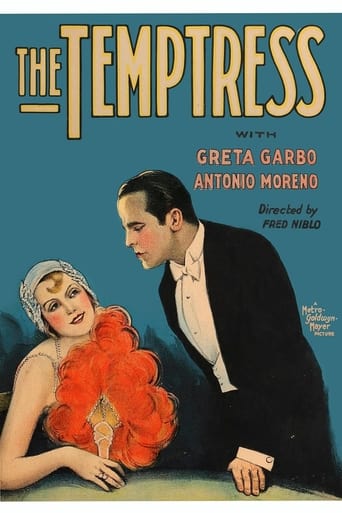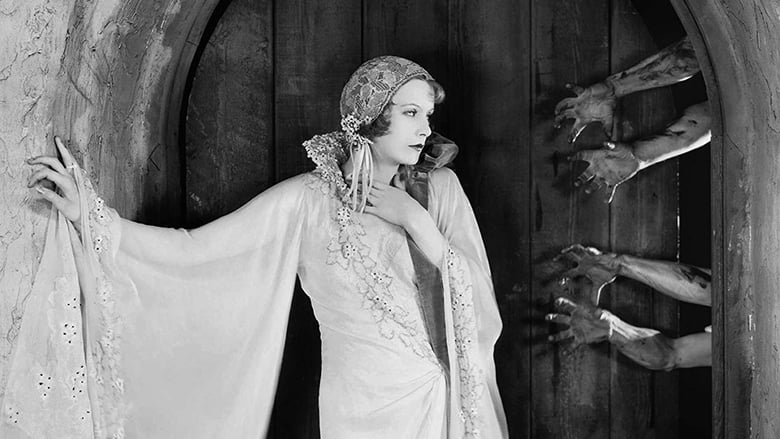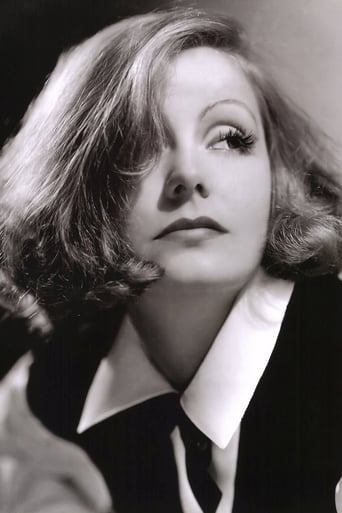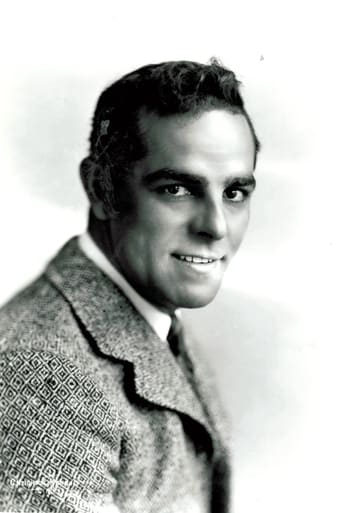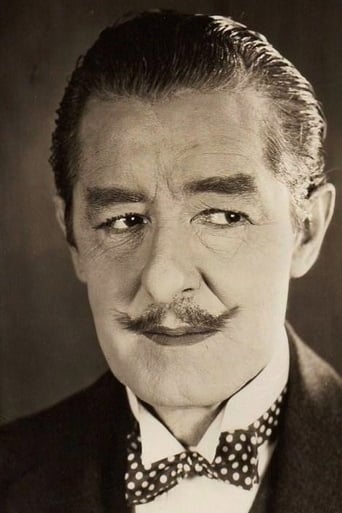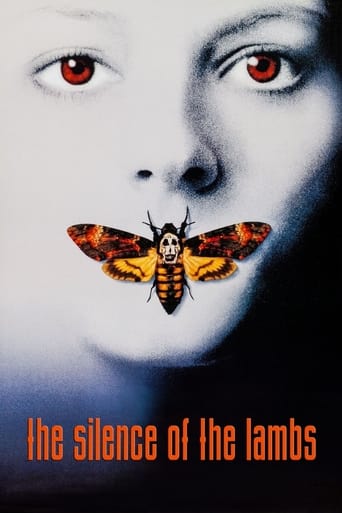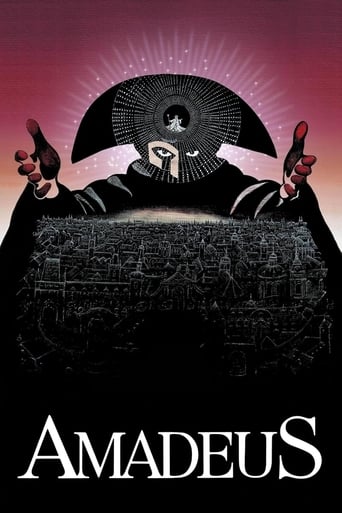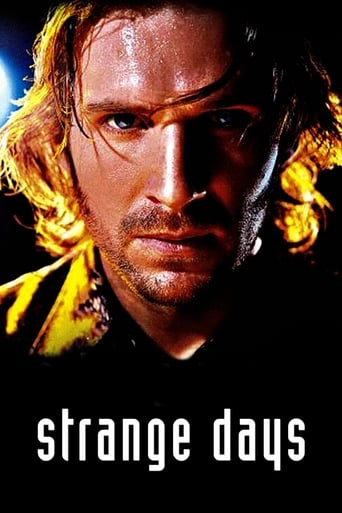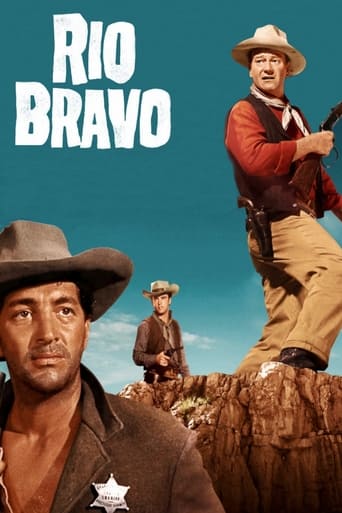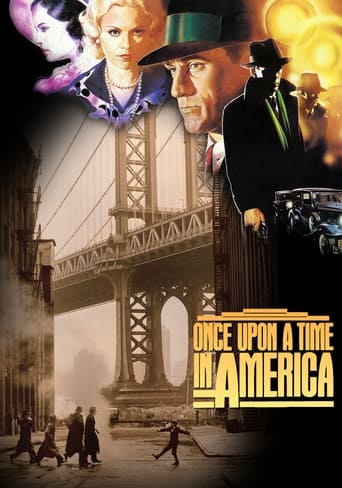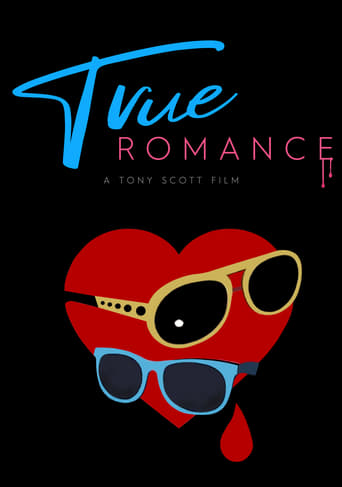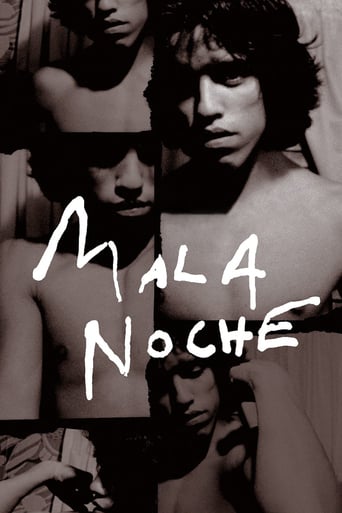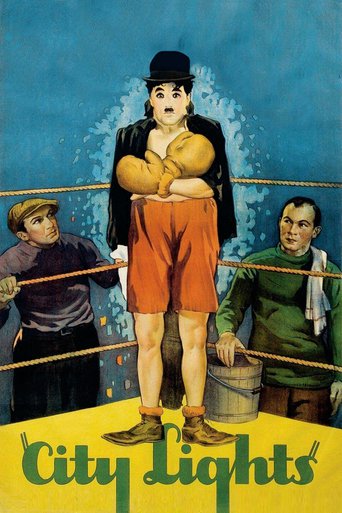The Temptress (1926)
A seductive woman forsakes her husband and lover to pursue a young engineer.
Watch Trailer
Cast


Similar titles
Reviews
Very well executed
Perfect cast and a good story
One of my all time favorites.
Admirable film.
he Temptress (1926) is a standard little romantic melodrama, the kind of silent film that you find on any silver screen in any town in 1926. It's packed with super stars – directed by Fred Niblo, co-starring Antonio Moreno, Lionel Barrymore, Roy D'Arcy – and it possesses one thing that your standard romantic melodrama of 1926 did not – Greta Garbo. To say that The Temptress, only her second American film outing, stars Greta Garbo is an understatement. This movie exists solely for Garbo, to give us all the opportunity to indiscriminately stare at her for 106 minutes.The plot of The Temptress is a bit convoluted. Manuel Robeldo (Antonio Moreno) spies Elena (Garbo) at a Parisian masquerade ball and the two pass an idyllic night in a garden where they fall madly in love, Hollywood style. So you can imagine Robeldo's surprise when he drops by the house of his pal Marques De Torre Bianca (Armand Kaliz) and meet's Bianca's wife – Elena! Next, a seriously ticked off Robeldo attends a dinner party thrown by Parisian banker Fontenoy (Marc MacDermott). It's a delightful affair until Fontenoy proclaims that he has been bankrupted and ruined by his terrible she-vixen of a mistress – Elena!Now a super seriously ticked off Robeldo, disgusted by Elena (yet still secretly lustful) blows town and returns to the Argentine where he works as a brilliant engineer on a mega-dam building project. But wouldn't ya know it – Elena trails him to the Argentine and sets about destroying every man in sight. Canterac (Lionel Barrymore) & Pirovani (Robert Anderson) bicker over her, leading to a tragic shooting. Badman bandito Manos Duras wants her too, and Robeldo has to beat him in a whip fight. When Manos returns to shoot Robeldo he shoots Bianca instead. Then Manos assuages his seriously damaged ego by blowing up the dam and flooding the village. So that's one suicide, one whip fight, two murders, and a catastrophic dam failure laid at the feet of one temptress. Which brings me full circle to the point that Greta Garbo is The Temptress. You can drive a truck through the holes in this most unlikely plot, but because the temptress in question is the ethereal and beautiful Greta Garbo, it's still believable. As I was watching this story unfold I was running every actress of the day through my head, trying to think who else could have pulled off this role, and I came up empty. Cause the thing is, and this is important, Elena is pretty much a cipher in this movie. She doesn't really do anything. She just is. And no other actress I can think could be remotely plausible in provoking suicides, murders, and village floods just by showing upAs a title card in The Temptress informs us, "God makes men and women make fools." Being of the gender in question, I happen to think men do a fine job of making fools of themselves – but I digress. Simply put, Elena is beautiful and elegant and tragic. She's not a Theda Bara kind of vamp, nor a Mary Pickford kind of innocent, but rather some weird blend of the two. Her eyes may be mysterious pools in which men drown, but as Ringo Starr said, "It's just me face." In the ultimate showdown between Elena and Robeldo, she tells him that men desire her "Not for my happiness, but for theirs." Yes, Elena is painfully aware of the destructive effect she has, and so, after Robeldo finally submits to his love for her, she steals away in the night. Get it – she sacrifices her happiness for his. Elena and Robeldo do meet again, many years later in the streets of Paris. Elena is broken, shabby and homeless. She pretends to not know him and sacrifices yet again. In 1926, this ending was way too harsh for MGM studio execs. An alternate happier ending was supplied and theater owners were offered the choice of ending to screen, depending on audience tastes. Turns out American cinemas mostly went for the upbeat end to the tale, while European audiences were just fine with doom and gloom. Which pretty much confirms everything we know about the divergent developments of US and European cinema.In short, The Temptress is a pretty okay movie, but starring an amazing icon of silent (and beyond) cinema. Greta Garbo alone is worth the price of admission, though Fred Niblo brings solid direction to the table too. There's little that's innovative in the presentation, but the Fontenoy suicide party does feature a remarkable shot of the overlong party table that elegant demonstrates the excess and debauchery that broke the man. It's followed up by an equally remarkable examination of the seedy sexual underbelly of the party, demonstrated by multiple examples of under-table footsy. As a matter of fact, the Parisian scenes – the masquerade, the dinner party – are far more visually arresting, but far briefer as well, than the Argentine sequences.
The movie has flaws, but one of them is not an old fashioned attitude toward women. The opening quote says "God and man created woman." That is to say, our perception of women is from men's point of view. But this film presents a beautiful woman from her own point of view (and the film's). We see a woman not only bearing moral blame for the actions and choices of men, but also being prevented from a fulfilling life by her beloved's obsession with his own desire. The most telling line Garbo has in the film begins something like, "They don't want me; they want my body. And they don't care about my happiness. It is for their own." And indeed not one man in the film sees her as anything but a fulfillment of his own desire, even the Moreno character, capable as he is of great heroism and dedication. He remains a run of the mill guy when it comes to women. She has no existence as a personality for any of these men. In the end our "hero" is left to deal with his conscience, as Garbo's character emerges as the only one in the drama with real substance. Look at Ibanez's biography and at his progressive sensibilies, which both of the film's directors apparently shared.
Over the years I have seen pictures with Greta Garbo and thought she had that very special talent that brought her to such fame years ago; the so-called Pin Up Girl of the early 20's and 30's. After viewing this film, I could actually enjoy Greta Garbo playing( Elena,),"Anna Christie",'31, and truly see her great acting skills in action as she played her role as an evil woman who drained men like a spider, spinning a web for every man she decided to claim as a lover. The expressions in her face and eyes were acting all the time and she also had a great cast of supporting actors. If you looked close, you could see a very young Lionel Barrymore,(Conterac),"The Bells",'26, not sitting in a wheel chair like in "Key Largo", but straight and tall. This is truly a great Classic Film from the Silent era and very worth while viewing.
THE TEMPTRESS (Metro-Goldwyn-Mayer, 1926), personally directed by Fred Niblo, from the novel by Vicente Blasco-Ibanez, stars Swedish actress Greta Garbo in her second Hollywood production, following her American debut in THE TORRENT (1926), and the first to place her name on top of the casting credits. As with her MGM debut, Garbo plays a girl of Spanish origin (this was the last to do so), and like so many films that were to follow, especially during the silent era and early talkies, she would portray a woman (usually unhappily married) who satisfies her emotions with illicit affairs, finding the one man she truly cares about, and destroys those around her before reaching bottom herself, committing suicide, or both. THE TEMPTRESS would set such a pattern.The story opens in Paris at a masquerade party where the unhappy Elena (Garbo) meets Manuel Robledo (Antonio Moreno), an Argentine engineer. After removing their masks, they fall in love under the stars. Later when he comes to visit his friend, Marques De Torre Bianca (Armand Kaliz), Manuel is stunned to learn that his wife happens to be Elena. At the dinner party, Marquis Fontenoy (Marc MacDermott), a middle-aged banker permitted by Bianca to have Elena be his mistress in order for them to be financially secure, distracts the guests by making a startling speech on how Elena, the temptress, has ruined his life, and dropping dead at the table after taking his drink of poison. Disgusted by the ugly truth, Manuel decides to forget Elena by leaving for the Argentine where he accepts a water dam building project. Just as Manuel is slowly forgetting Elena, she arrives with her husband, and by doing so, causes frustration and destruction to both men, and others as well, with Manuel, who feels she to be responsible for the murder of his friend and husband, as well as the near destruction of his dam dynamited by his enemy, finds he still cannot resist her.The supporting players include Lionel Barrymore as Canterac, one of the construction workers who falls victim to Elena; Robert Anderson as Pirovani, the friend Canterac kills because of Elena; and Virginia Browne-Faire as Celinda, the pretty young girl who silently loves Manuel. Adding to sin and destruction is Roy D'Arcy as Manos Duros, the bandit leader, in a menacing performance as Manuel's arch enemy who, after forcing his intentions on Elena, is challenged by Manuel to a duel, with the bandit's method being the use of whips. The bull whip duel is one of the high points in the story, resulting to whip scars on the bare torsos covered with blood, as well as Manos, who fights dirty, aiming for the eyes, being quite graphic for its time.THE TEMPTRESS, an important project that helped advanced the screen career of Greta Garbo, at long last, premiered January 24, 2005, on Turner Classic Movies cable channel, accompanied by a new score composed by Michael Picton. Scoring a silent movie is challenging, as mentioned in the half hour special that preceded the movie, and minutes into watching THE TEMPTRESS, the result of Picton's work is satisfactory and rewarding. In spite the fact that host Bob Osborne announced THE TEMPTRESS as making its world television premiere, it actually did play on television, but many years ago. THE TEMPTRESS was one of the selected 13 silent films shown weekly on the public television series in commemoration of MGM's fifty years titled "Movies-Great-Movies," (WNET, Channel 13, in New York City from August to October of 1973) hosted by Richard Schickel, movies accompanied by an an orchestral score (and in the New Jersey area as part of the 1974 series, "Films of the Gatsby Era," with same movies, different hosts, on WNJM, Channel 50). THE TEMPTRESS, which premiered in New York City August 13, 1973, made its final TV run on WNET in May of 1978 as part of the double bill five week movie tribute to Garbo and Katharine Hepburn. Schickel, as did Osborne, talked about how Garbo's discoverer, Mauritz Stiller, started out as the film's director, but due to complications during production, was replaced by Fred Niblo. The information regarding THE TEMPTRESS remains the same, with the exception of its time length. When shown in the 1970s, the running time was about 114 minutes. TCM's print runs at 105. But regardless of its length, possibly due to projection speed, THE TEMPTRESS is a welcome addition to the TCM lineup, and well worth viewing again after many years or the first time ever. While THE TEMPTRESS belongs to Antonio Moreno, whose name is almost forgotten today, it owes its success to the temptress herself, Greta Garbo, which is the sole reason for its rediscovery. (***)

